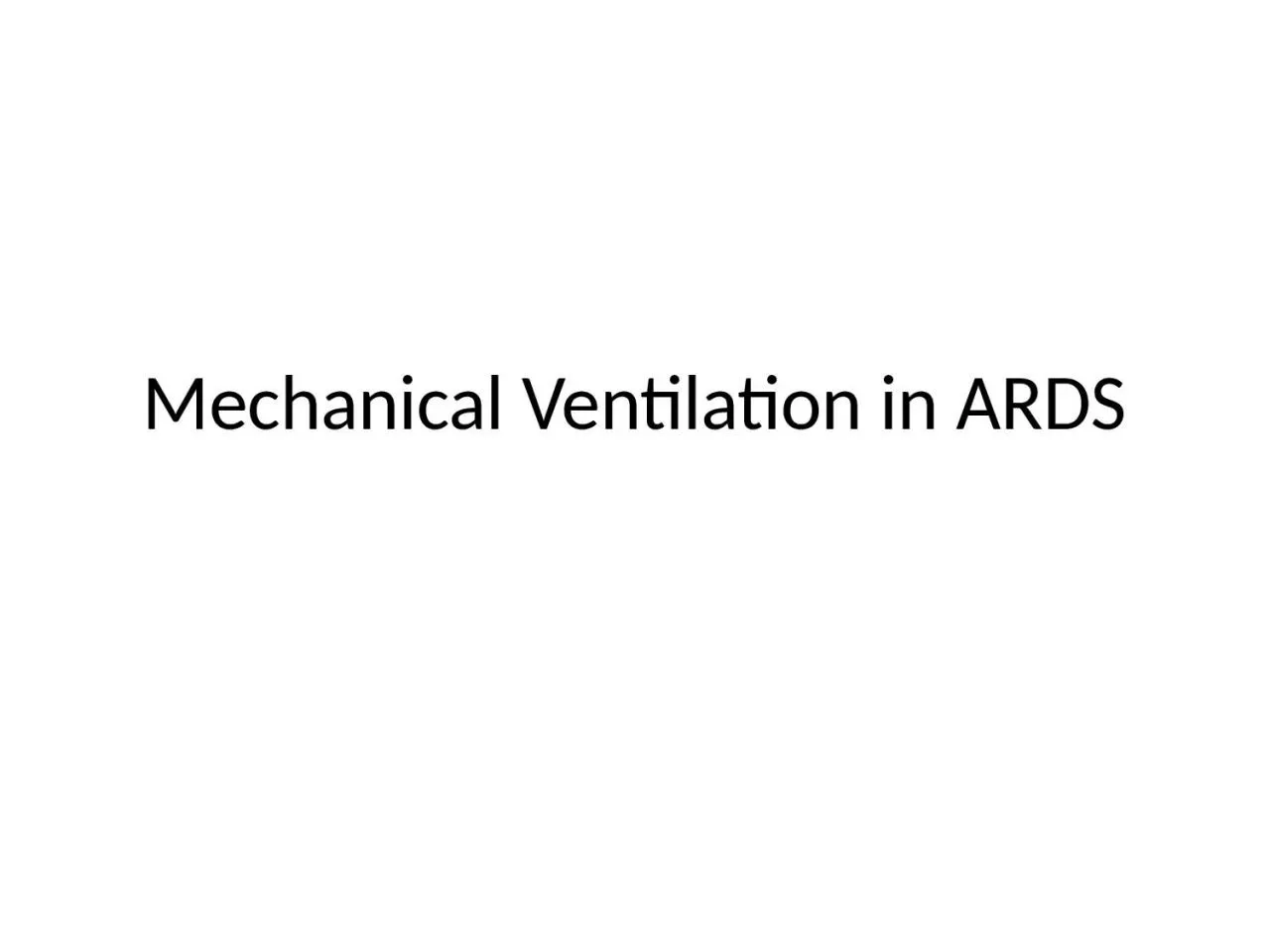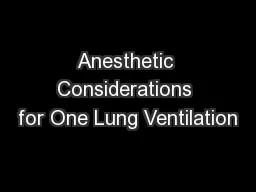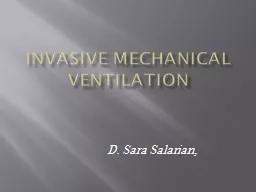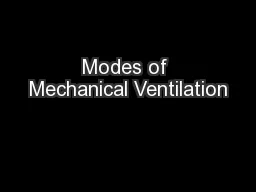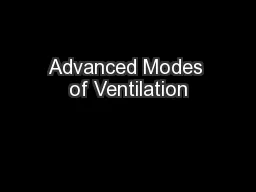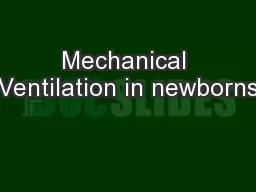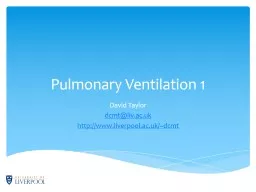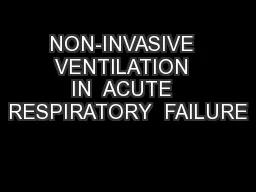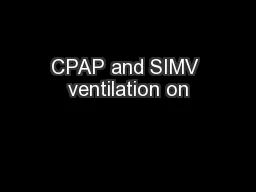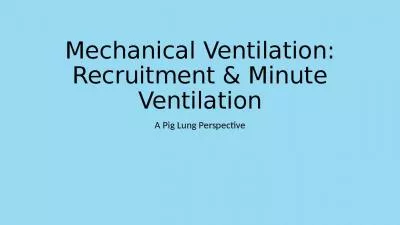PPT-Mechanical Ventilation in
Author : CuteKitten | Published Date : 2022-08-04
ARDS Acute onset lt7 days Bilateral opacities not fully explained by heart failure Acute Respiratory Distress Syndrome Moderate ARDS PF 100200 Mild ARDS PF 201300
Presentation Embed Code
Download Presentation
Download Presentation The PPT/PDF document "Mechanical Ventilation in" is the property of its rightful owner. Permission is granted to download and print the materials on this website for personal, non-commercial use only, and to display it on your personal computer provided you do not modify the materials and that you retain all copyright notices contained in the materials. By downloading content from our website, you accept the terms of this agreement.
Mechanical Ventilation in: Transcript
Download Rules Of Document
"Mechanical Ventilation in"The content belongs to its owner. You may download and print it for personal use, without modification, and keep all copyright notices. By downloading, you agree to these terms.
Related Documents

